View as PDF
View this email on our site
Subscribe to this newsletter
Dawn H. Gouge (Department of Entomology, University of Arizona) &
Tim W. Stock (Department of Horticulture, Oregon State University)
Flies in kitchens, food storage, service, and eating areas are annoying pests. In addition, they can cause food contamination, and pose a health risk. Key species include house, fruit, drain flies and many others. Correct identification of flies is important and influences management decisions because different species have distinct needs and behaviors.
The common house fly (Figure 1) is a key species, and their sponging mouthparts and “hairy” bodies can carry disease-causing germs (pathogens) from garbage and animal manure to food and food preparation surfaces. Examples of disease-causing pathogens include bacteria like Escherichia coli, Salmonella, and Shigella, and viruses like hepatitis A.
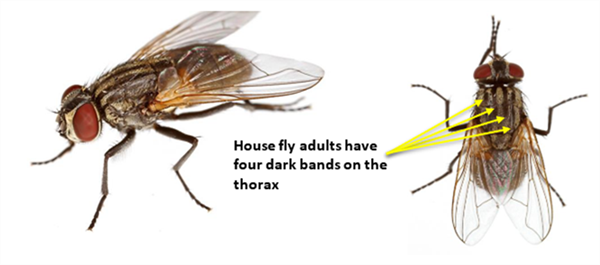
Figure 1. House fly adults are about 1/4” long. Image credit: Salvador Vitanza-Hedman.

Figure 2. House flies leave specks of fecal matter and regurgitated stomach content on surfaces.
House flies are active during the day, periodically resting on walls, surfaces, and floors depending upon their feeding status and environmental conditions. House flies move to ceiling or vertical surfaces with lower light to rest for the night. They leave fly specks of fecal matter and regurgitated stomach content on surfaces they taste and rest on (Figure 2). House flies are active year-round indoors. Outside, house flies are active between 50oF (10oC) and 107oF (42oC).
Moth flies or drain flies (Figure 3) are typically found around water. The larvae develop in the film that builds up in drains, especially floor drains. In addition, they can be found in accumulations of organic-rich liquids in buckets or other containers. These small gray gnats have dark, “furry” bodies and wings held at angles from the body. They fragment into a fine dust when crushed. Finding and eliminating the organic matter where larvae are developing is the key to eliminating the flies.

Figure 3. Moth fly adults are about 1/8” long (left). Image credit: Backiris, Adobe Stock.
Larva (right). Image credit: Matt Bertone, North Carolina State University.
Fruit flies have bright red eyes and clear wings held flat over their abdomen (Figure 4). They are attracted to ripened and fermenting fruits and vegetables, and can be an indoor problem year-round, but are especially common during late summer and fall. Fruit flies reproduce rapidly on rotting food they find under kitchen equipment or work benches, and as with drain flies, finding and eliminating the source in which larvae are developing is the key to ending an infestation.
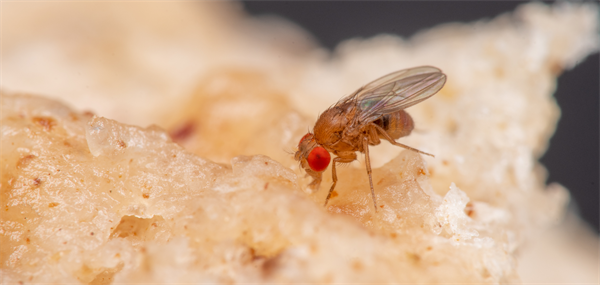
Figure 4. Fruit fly adults are about 1/8” long. Image credit: Peter Yeeles, Shutterstock.com.
School and commercial kitchen managers experience challenges from adult flies entering from outdoors, and additionally from fly adults or immature stages being carried in on deliveries. Even fly species typically considered to be invaders of structures rather than infesters within structures can emerge from indoor places in which the conditions have supported the development of larvae (maggots) into adult flies. This includes house, blow and flesh flies. It is important to proactively manage both invaders and infesters using exclusion and sanitation methods primarily. Monitoring devices, and traps further help to reveal issues at an early stage. Correct identification is very important as this will indicate where the flies are most likely to have come from and what actions should be taken to manage them successfully.
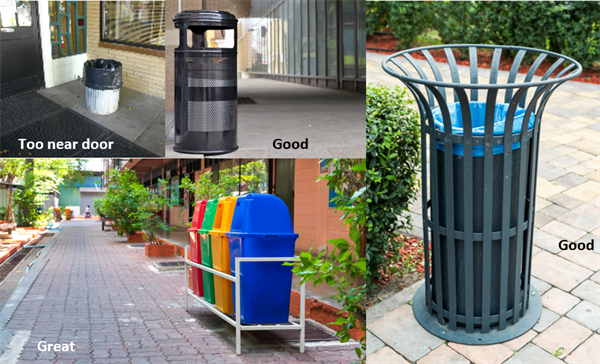
Figure 5. Some good and problematic external trash receptacle placements.
2) Keep flies out by screening windows and keeping internal and external doors closed (Figure 6), with intact weatherstripping and doors sweeps on external doorways.
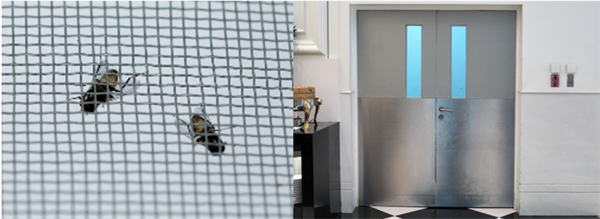
Figure 6. Avoid propping doors open, and screening windows that are routinely opened with 18 X 18 mesh will effectively exclude most flies.
3) Cover prepared food as quickly as possible (Figure 7).
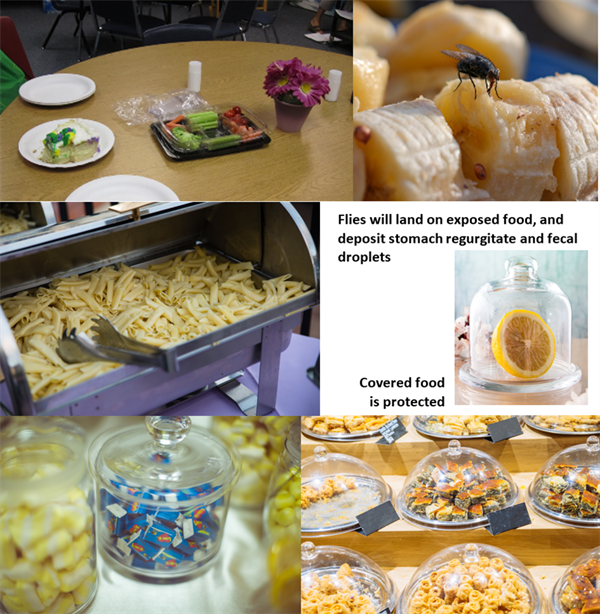
Figure 7. Several common fly species are capable of transmitting pathogens that cause stomach upsets. Covering prepared food is an easy way to reduce risks.
4) Store all edible products in airtight containers (including classroom stored edible items) or refrigerated. Bag ripening fruit.
5) Repair plumbing leaks in a timely manner and cap unused plumbing in ceiling and wall voids (Figure 8).
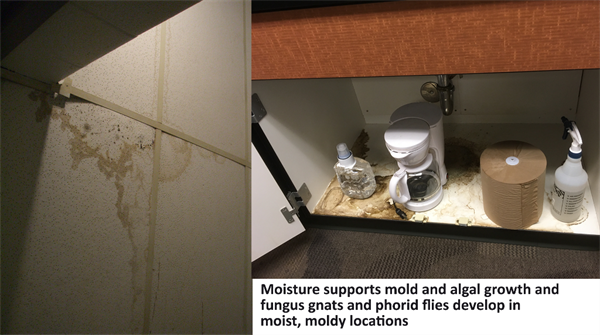
Figure 8. Several fly species can thrive by feeding on microbes that grow in moist areas, especially if both moisture and organic matter are present.
6) Clean-up after food and drink consumption quickly.
7) Keep food preparation surfaces, kitchen appliances and equipment clean and free of food and grease. This includes equipment used by booster clubs in schools (Figure 9).
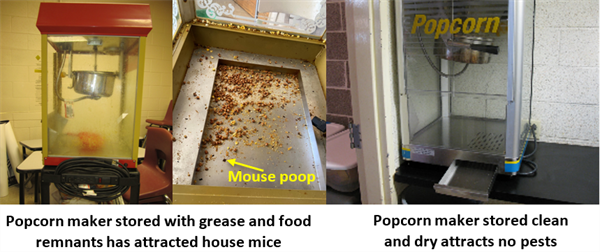
Figure 9. Food storage and food preparation equipment in storage areas is especially prone to pest infestation. Monitoring these storage areas is very important.
8) Keep indoor trash cans and recycling bins clean inside and out and empty them daily. Rinse all cans, bottles, and plastic containers before recycling or discarding. Use quality can liners, and do not allow wet organic matter to buildup in cans underneath trash can liners (Figure 10).
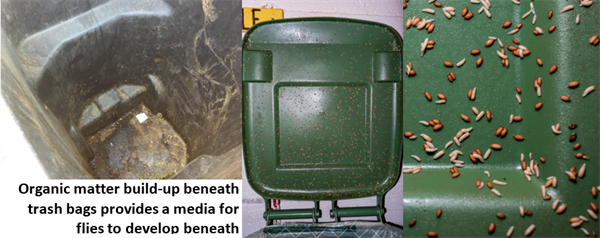
Figure 10. Careful waste management practices that consider our waste as a pest resource is a critically important part of pest management in buildings. Here organic matter is building up in the bottom of a trash receptacle (left), and organic matter in the green trash can has supported an exploding population of house flies (migrating larvae and pupae can be seen center and right).
9) Clean floors from wall to wall, under equipment, in hard-to-reach corners, and repair floor cracks and damaged tiles (Figure 11).
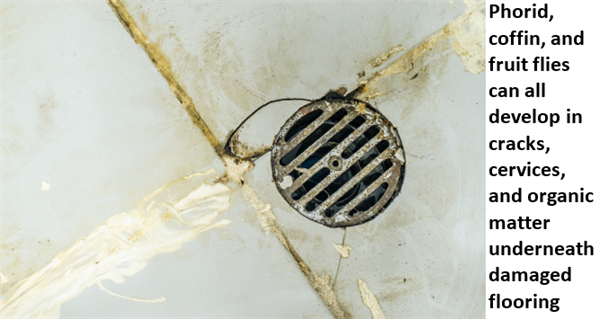
Figure 11. The smaller fly species can utilize moisture and organic matter that seeps into, and under flooring, potentially necessitating very costly remediation. Missing grout and damaged tile shown here is still providing flies with a valuable resource despite previous repair attempts.
10) Maintain mops, brushes, buckets, and dustpans clean and stored to facilitate rapid drying. Custodial closets must be well maintained to facilitate the cleaning and appropriate storage of cleaning equipment (Figure 12).
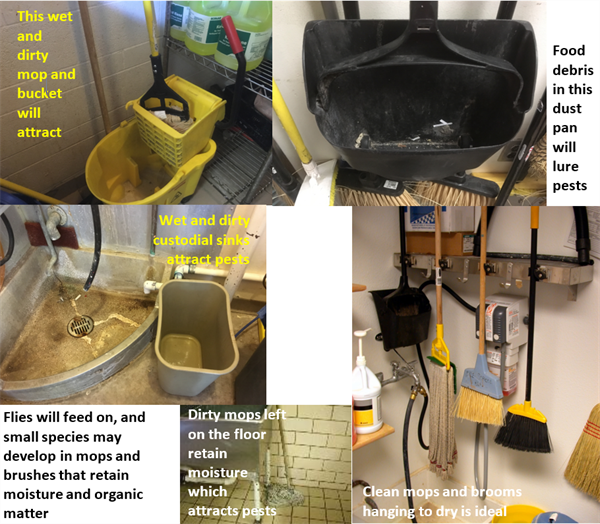
Figure 12. Examples of poor, and good cleaning equipment storage.
11) Clean condensate lines and trays (Figure 13).
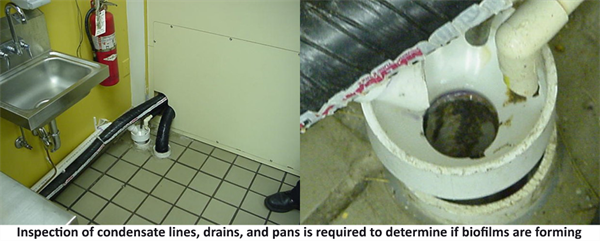
Figure 13. Condensate lines generate biofilms which support some fly species.
12) Proactively maintain floor drains and sink drains free of organic matter buildup (Figure 14). Drains are sometimes hidden under fixed equipment.
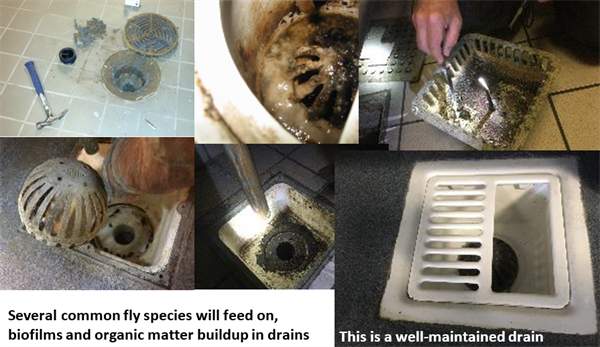
Figure 14. Five of the drains above were poorly maintained and generating fruit or moth flies. The drain on the lower right side is clean and was not serving as a fly resource.
13) Clean-up spills inside frozen yogurt, ice cream, and soda dispensers. Additionally, cleanout drip trays (Figure 15).
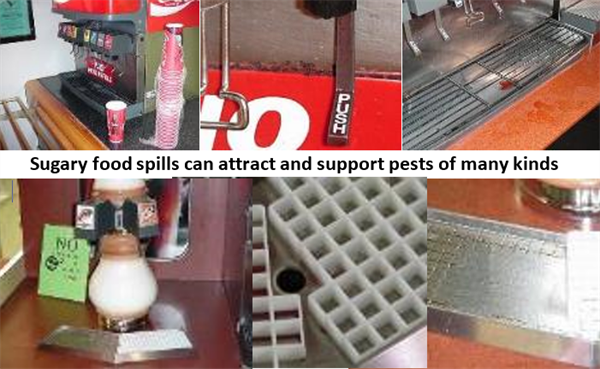
Figure 15. The soda dispenser images show a buildup of sugary pop, mostly invisible unless someone looks for it.
14) Maintain dumpsters and dumpster areas as clean and debris-free as possible, close lids and slide doors at the end of each day and ensure the dumpster capacity is sufficient to contain a week of operational waste. Avoid larger capacity receptacles that are emptied less often. Make sure dumpsters are located on a finished surface, away from building entryways.

Figure 16. Poor waste management examples on the left show over capacity, overflowing dumpsters (top left), open lids and food remnants behind the dumpster (lower left). Good waste management examples on the right show good placement, clean areas around dumpsters, and lids closed (top and lower right).
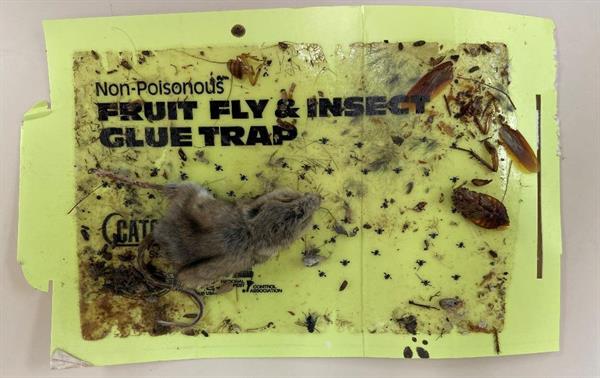
Figure 17. Monitor rodent traps frequently. Decomposing rodents attract flesh and blow flies and support developing larvae.
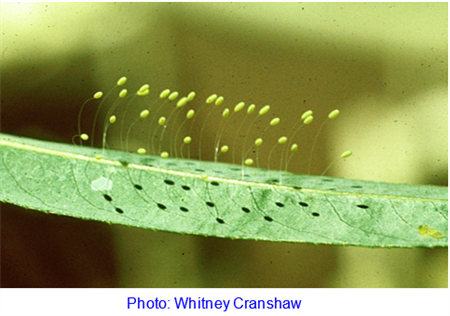
Congratulations to Master Pest Detective: Troy Talley, Resident District Manager, Sodexo/Lubbock ISD Facilities. Troy responded with the correct answer seconds after the newsletter was distributed.
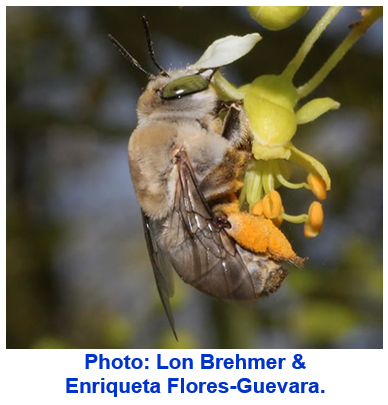
Answer: This is the desert digger bee Centris pallida. The species is well adapted to live in hot and dry environments in North America. This species is most common in low desert regions of Arizona, Nevada, southern California, New Mexico, and western Mexico. The desert digger bee is a native species seen on Palo Verde tree blossoms in spring and early summer.
Congratulations to Robert LaMorte, who got the identification of this bee correct, because he cheated 😊.
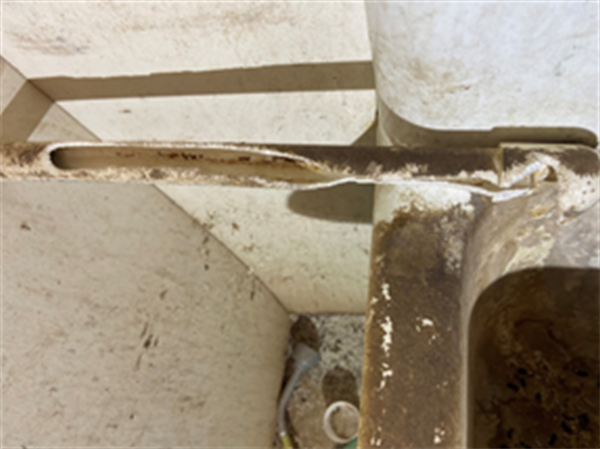
If you know what this is, email the answer to Dawn at
dhgouge@email.arizona.edu. You will not win anything if you are correct, but
you will be listed as a “Master ID Detective” in the next newsletter issue.
Live Online on May 13, 2022, and content available through June 24, 2022.
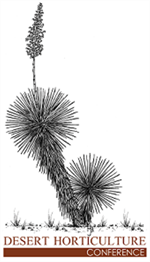
The Desert Horticulture Conference is the premier annual conference for all members of the southwest green industry: landscape architects, designers, growers, retailers, contractors, maintenance personnel, suppliers, and educators. Presenting timely and research-based information relevant for designing, building, maintaining, and producing plants for urban landscapes in the arid Southwest.
Ideal for professionals holding licenses or certifications. CEU’s will be available.
More information: https://cals.arizona.edu/deserthort/
(Tick IPM Working Group)
University of Minnesota, Saint Paul Campus, Hodson Hall, Entomology: Tick Lab| $100; registration required. Registration and more information here.
Please join the Tick IPM Working Group for the third annual Tick Academy! The Tick Academy is the premier event for researchers, educators, students, public health professionals, pest control professionals, public-space managers, and citizen scientists interested in learning more about what they can do to stop the spread of ticks and tick-borne diseases in their communities. This in-person event will feature time in the field collecting ticks followed by hands-on tick identification in a lab setting.
View recordings of previous EPA Integrated Pest Management Webinars at https://www.epa.gov/managing-pests-schools/upcoming-integrated-pest-management-webinars.
For more information about the EPA Schools program: http://www.epa.gov/schools/.
To view all our previous newsletters, visit: https://acis.cals.arizona.edu/community-ipm/home-and-school-ipm-newsletters.
This material is in part funded by the National Institute of Food and Agriculture, U.S. Department of Agriculture, under award number 2021-70006-35385 that provides Extension IPM funding to the University of Arizona. Information regarding this document is within the guidelines of the Border 2020 Program funded by the U.S. Environmental Agency (EPA) and administered by NADB. Additional support is provided by the U.A. – Arizona Pest Management Center.
The Northeastern IPM Center receives support from the U.S. Department of Housing and Urban Development’s Office of Lead Hazard Control and Healthy Homes through the U.S. Department of Agriculture, NIFA agreement #2016-4866825905. Any opinions, findings, conclusions, or recommendations expressed in this publication are those of the authors and do not necessarily reflect the views of the U.S. Department of Agriculture or those of other funders.